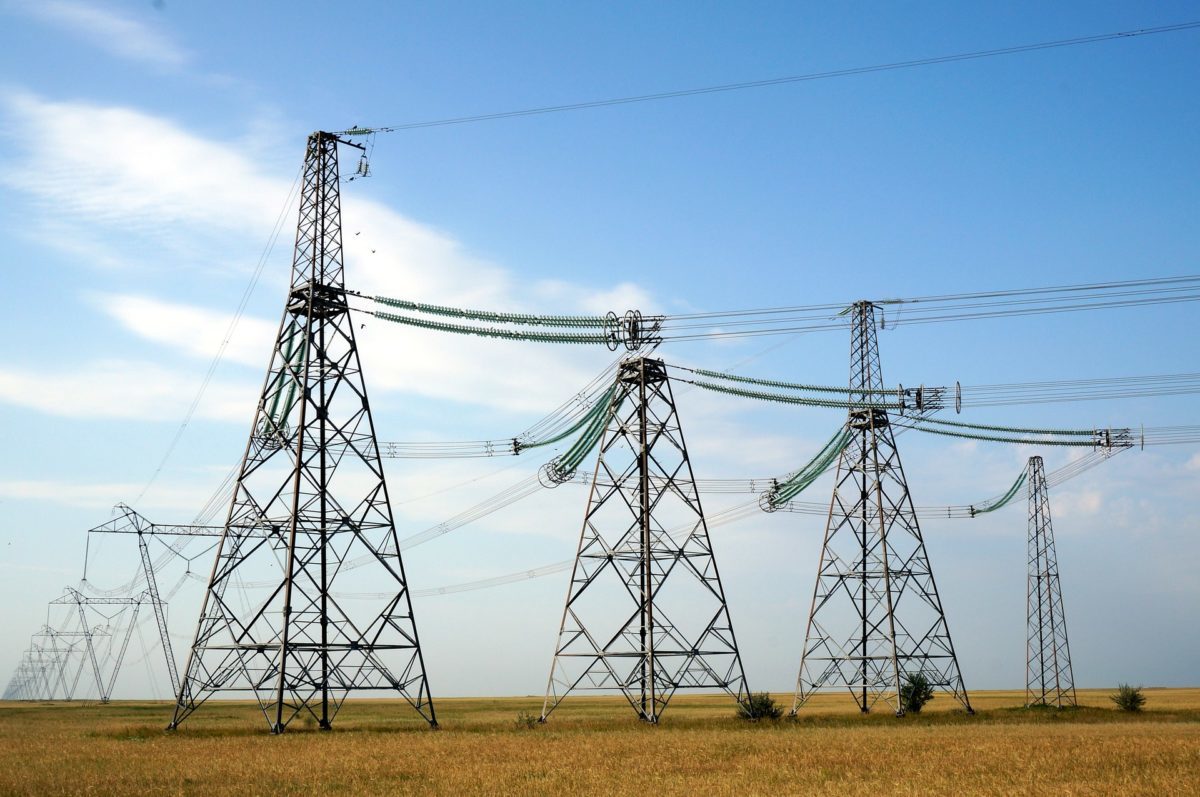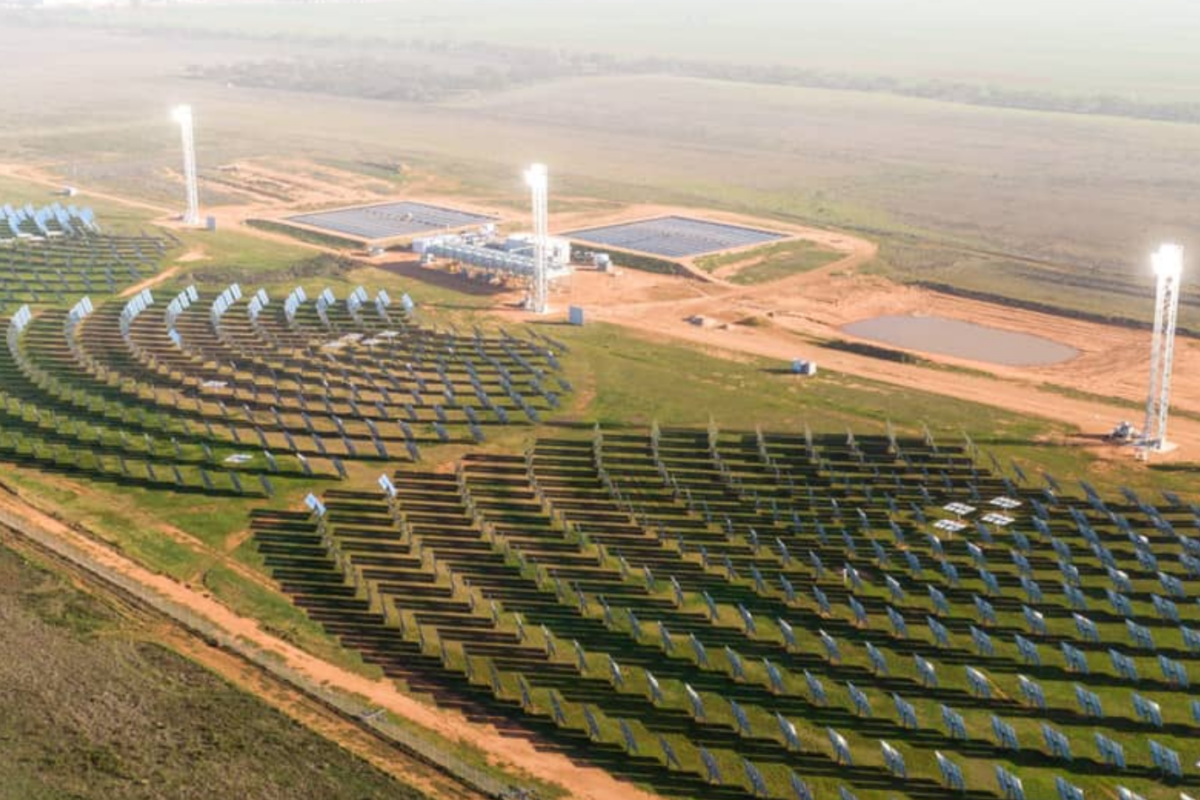One of the greatest challenges facing solar and wind proponents in Australia, Marginal Loss Factors (MLFs), have been once again calculated by the Australian Energy Market Operator (AEMO) and delivered in its final report for the 2020/21 financial year. The report builds on the indicative and draft reports, which provided early insights into expected MLF changes across the National Electricity Market (NEM) and showed much greater downgrades than the ones revealed in the final assessment.
Following large year-on-year changes in MLFs that applied between 2017/18 the 2019/20 financial years, particularly in areas of high renewable penetration that are electrically weak and remote from load centers, AEMO’s final MLF report for 2020-21 provides for smaller changes. While this is no doubt good news for the owners of operating grid-scale renewable energy generators, the reduced need for MLF adjustments comes as a result of a slowdown in new project development and additional network constraints.
Given Australia’s grid woes such as connection hold-ups, curtailment, MLFs, and negative power prices, as well as long-term policy uncertainty, the pipeline of new projects has been progressively shrinking as investor confidence continued to slide leading to a 50% drop last year. On top of that, system strength issues have emerged in some parts of the grid, in north-west Victoria and south-west New South Wales (NSW), but also northern Queensland, and already led to significant curtailments. These system strength limits have been included in AEMO’s MLF study released this week, to better reflect the forecast operating conditions of impacted generators.
Upgrades and downgrades
MLFs are of vital importance for project economics as they represent the loss of electricity as it flows through the transmission network from a power plant to load capacity and determine how much of the output is credited for payments. For instance, if an asset is credited with an MLF of 0.80, it will receive payment for only 80% of its output. Similarly, a rating of more than 1.0 means the generator will be credited with more than its nominal output.
Due to the insufficient carrying capacity of transmission lines and their location far from load centers, MLFs translated last year into major dents in revenues of 10% or more for some utility-scale PV projects. However, the latest calculations from AEMO show many solar farms have had their MLFs increased and some of the main changes in regional MLFs from 2019-20 to 2020-21 have been positive.
In Queensland, almost all operational solar farms received an upgrade in MLFs, including some substantial ones on the Daydream, Hughenden, Kidston, and Ross River solar farms. Only two solar farms suffered minor downgrades, the Oakey Creek (1 and 2) solar farms from 0.98 to 0.97 and the Sun Metals solar farm from 1 to 0.98.
While an increase in MLFs was seen at connection points in northern and south-west NSW, MLFs in the remaining areas of NSW were downgraded, for instance, at Neoen’s solar farms Griffith and Parkes. Despite a slight improvement in their MLFs, some of the worst affected projects in NSW are the Broken Hill Solar Farm in NSW, with MLFs as low as 0.78, followed by the Finley Solar Farm (0.88). One of the previously worst affected projects, the Coleambally Solar Farm, has seen a significant MLF increase this year from 0.86 to 0.9.
In Victoria, generation MLFs in the north-west have continued to decline. The list of heavily impacted projects includes Bannerton (0.80), Wemen (0.80), Karadoc (0.80) and Gannawarra (0.88) solar farms, which are all curtailed to half their output since last September. Only the Namurkah Solar Farm had its MLFs upgraded.
Old rules
Since MLFs are adjusted throughout the lifetime of a project, their effect on the project revenues is impossible to predict. Such uncertainty has led to calls for the mechanism to be re-examined. However, the Australian Energy Market Commission (AEMC) has ignored the plea of some of the biggest solar and wind project owners in Australia to change MLFs are calculated. While it has acknowledged that transmission has failed to keep up the pace with renewable energy investment, the market operator did not come up with any suggestion on what should be done to ameliorate the problem.
One of the main proponents of the MLF calculation change, John Laing is an example just how serious MLFs can be. The investor’s problems were laid bare in August when it reported losses of some £66 million (AU$128 million) due to transmission factors on three of its renewable energy projects. Last month, the UK-based investor announced it would no longer invest in standalone wind and solar across all geographies, following the write-downs taken on its European and Australian projects.s European and Australian projects.
In its latest MLF update, AEMO said that it remains committed to providing the market with as much transparency as possible about where new generation is expected to connect to the grid, publishing MLF updates more frequently to assist in identifying changes and trends. It also said that it will continue to work with industry and the AEMC on possible options to reduce the impact of large year-on-year changes.
AEMO underlined that the forecasts do not factor in the impact Covid-19 may have on the economy and energy sector, including MLFs
This content is protected by copyright and may not be reused. If you want to cooperate with us and would like to reuse some of our content, please contact: editors@pv-magazine.com.









By submitting this form you agree to pv magazine using your data for the purposes of publishing your comment.
Your personal data will only be disclosed or otherwise transmitted to third parties for the purposes of spam filtering or if this is necessary for technical maintenance of the website. Any other transfer to third parties will not take place unless this is justified on the basis of applicable data protection regulations or if pv magazine is legally obliged to do so.
You may revoke this consent at any time with effect for the future, in which case your personal data will be deleted immediately. Otherwise, your data will be deleted if pv magazine has processed your request or the purpose of data storage is fulfilled.
Further information on data privacy can be found in our Data Protection Policy.